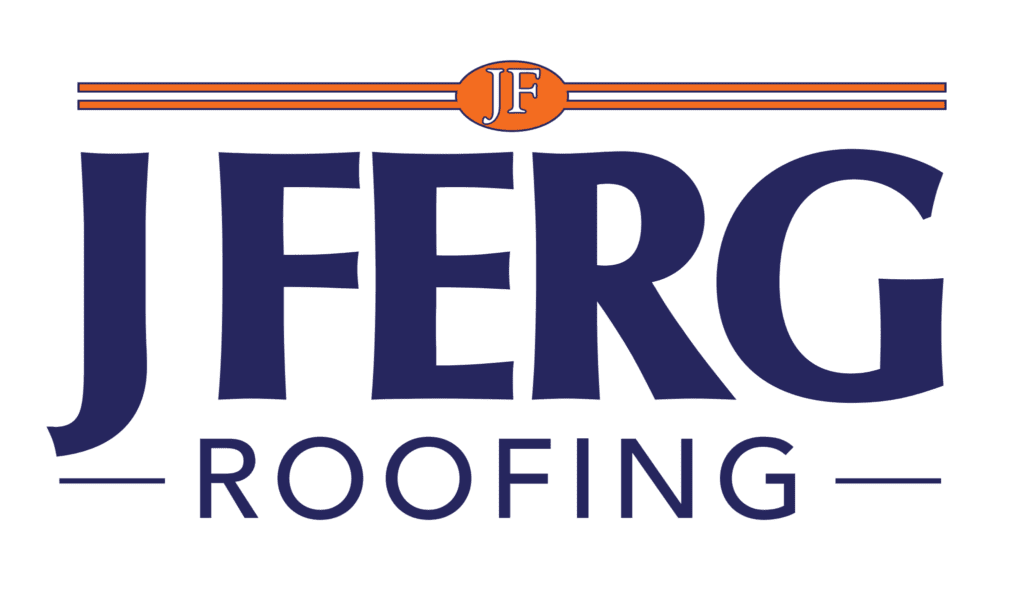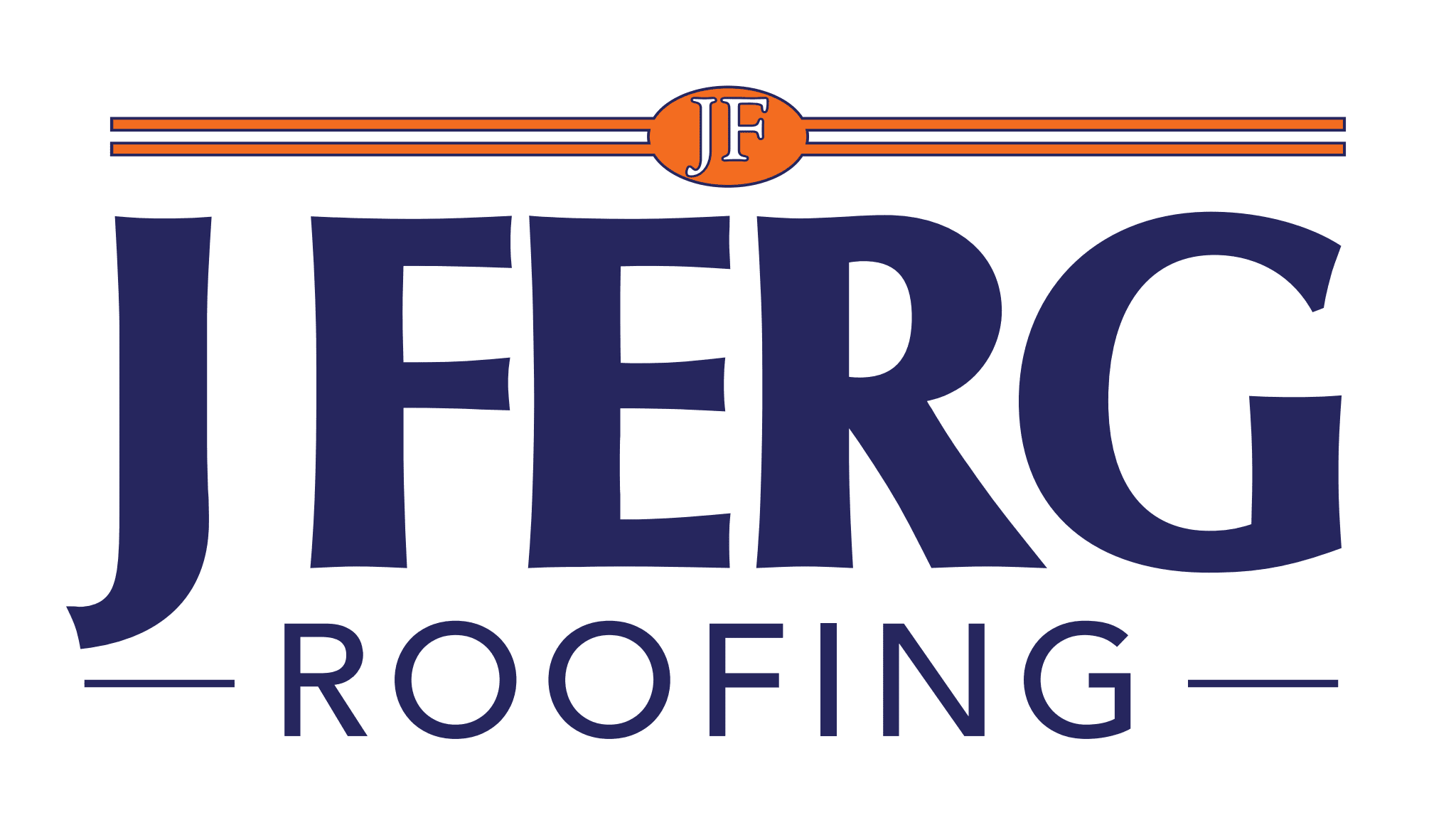J Ferg Knowledge Base
Roof Damage 101: Understanding the Impact of the Georgetown Storms and How to Stay Prepared
Introduction to Roof Damage and Storms
When protecting your home, one area that often goes overlooked is the roof. Your roof is the first line of defense against the elements, including storms. Storms can cause significant damage to roofs, leading to costly repairs and potential safety hazards. In this article, we will explore the impact of storms on roofs and provide you with essential information on staying prepared.
Understanding the Impact of Storms on Roofs
Storms can wreak havoc on roofs, causing damage that may not always be immediately noticeable. One of the most common types of roof damage caused by storms is wind damage. High winds can loosen shingles, tear off flashing, and even lift the roof’s edges. This can compromise the roof’s integrity and leave it vulnerable to water leakage.
In addition to wind damage, storms can also result in hail damage. Hailstones can dent or crack shingles, leading to leaks and further deterioration. Furthermore, heavy rain during storms can expose existing weaknesses in the roof’s structure, potentially causing water damage and mold growth.
Common Types of Roof Damage Caused by Storms
To effectively assess and address roof damage caused by storms, it’s crucial to understand the common types of damage that can occur. Apart from wind and hail damage, storms can also cause tree limbs or debris to fall onto the roof, leading to punctures or structural damage. Additionally, storms with heavy snowfall can put excessive weight on the roof, possibly causing it to collapse.
Another significant type of damage is ice damming. This occurs when melted snow refreezes at the roof’s edge, creating a barrier that prevents proper drainage. The trapped water can seep under the shingles, causing leaks and potentially damaging the roof’s underlying structure.
Signs of Roof Damage to Look Out For
Identifying signs of roof damage after a storm is crucial for prompt repairs. Some signs to look out for include missing or damaged shingles, exposed or damaged flashing, and visible water stains on the ceiling or walls. You may also notice loose or sagging gutters and granules from shingles collecting in your downspouts.
Inside your home, be attentive to any signs of water leakage, such as damp spots, mold growth, or musty odors. These signs can indicate roof damage that needs immediate attention. It’s important to address roof damage promptly to prevent further deterioration and potential structural issues.
Steps to Take Immediately After a Storm
After a storm, taking immediate action to assess and mitigate any potential roof damage is crucial.
- Prioritize your safety and avoid any downed power lines or areas that may be unstable.
- Once it’s safe, visually inspect your roof from the ground, looking for any visible signs of damage.
- If you suspect roof damage, contact J Ferg. We’re the professional roofing contractor you need for a thorough inspection. At J Ferg, we have the expertise to identify hidden damage and accurately assess the repairs needed.
- While waiting for our assistance, you can take temporary measures to prevent further damage, such as covering exposed areas with tarps or plywood.
How to Prevent Roof Damage from Storms
While it’s impossible to eliminate the risk of roof damage during storms completely, you can take steps to minimize the potential impact.
- Regular maintenance is key in preventing storm damage.
- Ensure your roof is in good condition, with any loose or damaged shingles promptly replaced.
- Keep your gutters clean and free from debris to ensure proper drainage.
- Consider reinforcing your roof against strong winds by installing hurricane straps or clips. These metal connectors can help secure your roof to the walls, making it more resistant to wind uplift.
- Trimming any overhanging tree branches near your roof can also reduce the risk of falling debris during storms.
Roof Repair Options for Storm Damage
If your roof sustains damage during a storm, various repair options are available depending on the extent of the damage. Minor damage, such as missing shingles or small punctures, can often be addressed through patching or spot repairs. However, a partial or complete roof replacement may be necessary if the damage is more extensive.
When repairing storm damage, working with J Ferg is a must. We’re the reputable roofing contractor you need, with experience handling such repairs. We can guide you on the best course of action and ensure that the repairs are done correctly and in compliance with local building codes.
Insurance Coverage for Storm-Related Roof Damage
In many cases, storm-related roof damage is covered by your insurance policies. However, the extent of coverage may vary depending on your policy and the specific circumstances of the damage. Reviewing your insurance policy and understanding the coverage limits, deductibles, and any exclusions related to storm damage is crucial.
If your roof sustains storm damage, document the damage with photographs and contact your insurance provider. They will guide you through the claims process, typically involving an adjuster’s inspection to assess the damage. Keep detailed records of any repairs or expenses incurred, as this will be necessary for reimbursement.
Staying Prepared for Future Storms
Roof damage caused by storms can be a stressful and costly experience in Georgetown and throughout Central Texas. However, by understanding the impact of storms on roofs and taking proactive measures, you can minimize the potential damage and protect your home. Regular maintenance, prompt repairs, and working with reputable professionals are crucial in ensuring the integrity of your roof.
Remember to review your insurance policy and familiarize yourself with the coverage provided for storm-related roof damage. By staying prepared and taking immediate action after a storm, you can mitigate the impact of roof damage and safeguard your home against future storms.
If you suspect roof damage after a storm, don’t delay! Contact J Ferg today for a thorough inspection and necessary repairs.


